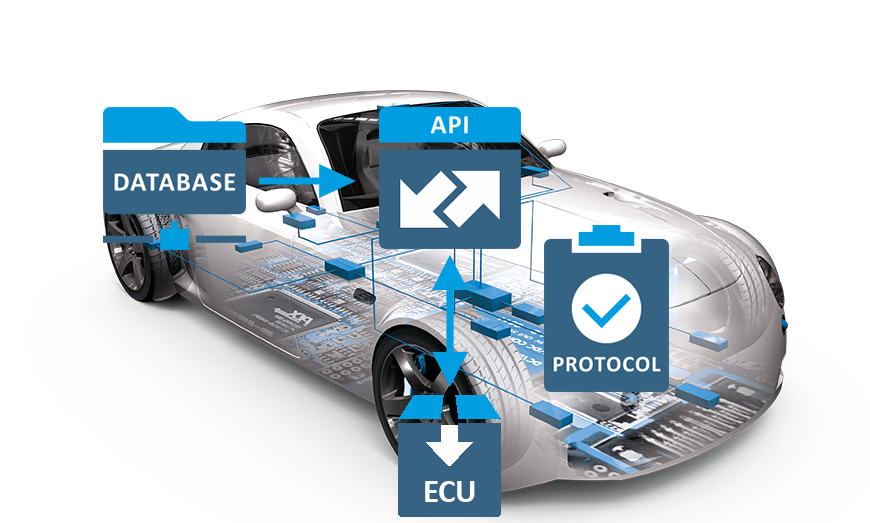Add Your Heading Text Here
Discover how CAN bit timings are calculated for CAN Nodes while using CAN Technology. Knowledge of synchronization between ECU’s while doing Controller Area Network Communication.
Basics About CAN technology and communication protocol || CAN frame formats || CAN protocol types and architecture
ADC peripheral in S32K1xx MCU? ADC peripheral introduction in S32K1xx MCU? Features and specifications of ADC peripheral. Interlinking of PDB and TRGMUX with ADC peripheral
Dwell into this blog to know how to do CAN communication with automotive microcontroller. Start your journey to learn CAN communication protocol with simple DIY project using ElecronicsV3 board and CAN analyzer tool
Autosar Layered Architecture
CAN Driver of Autosar MCAL layer Explanation, Understanding and tutorial using ElecronicsV3 Development board
FlexCAN Driver of CAN Peripheral in NXP S32K1xx and S32K3xx MCU’s, Understanding and tutorial using ElecronicsV3 Development board
What is FlexCAN Peripheral in S32K1xx MCU?? How to use FlexCAN API’s and Driver to use CAN Peripheral of MCU.
What is UDS technology in automotive and how to implement this technology in your own product








